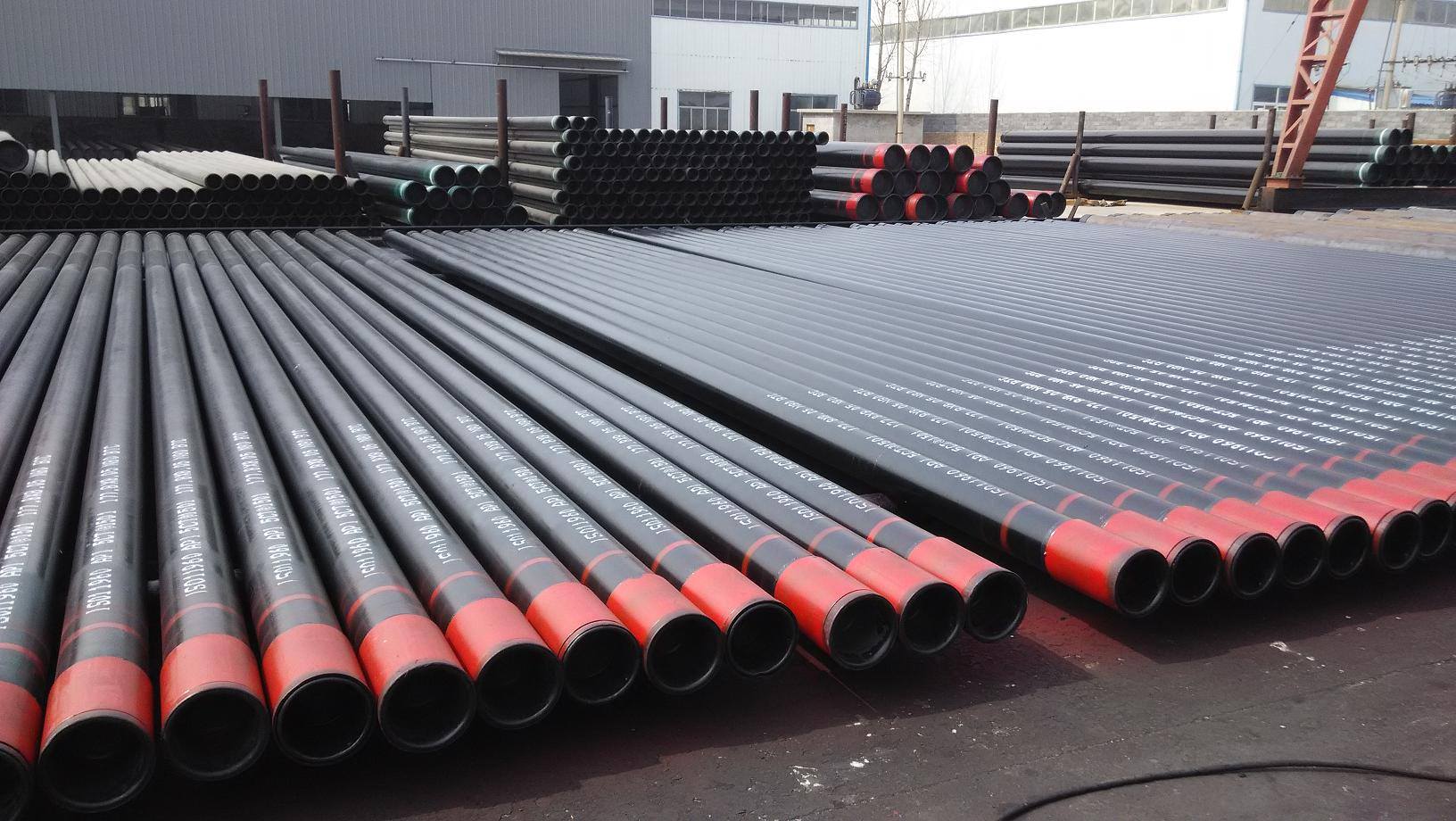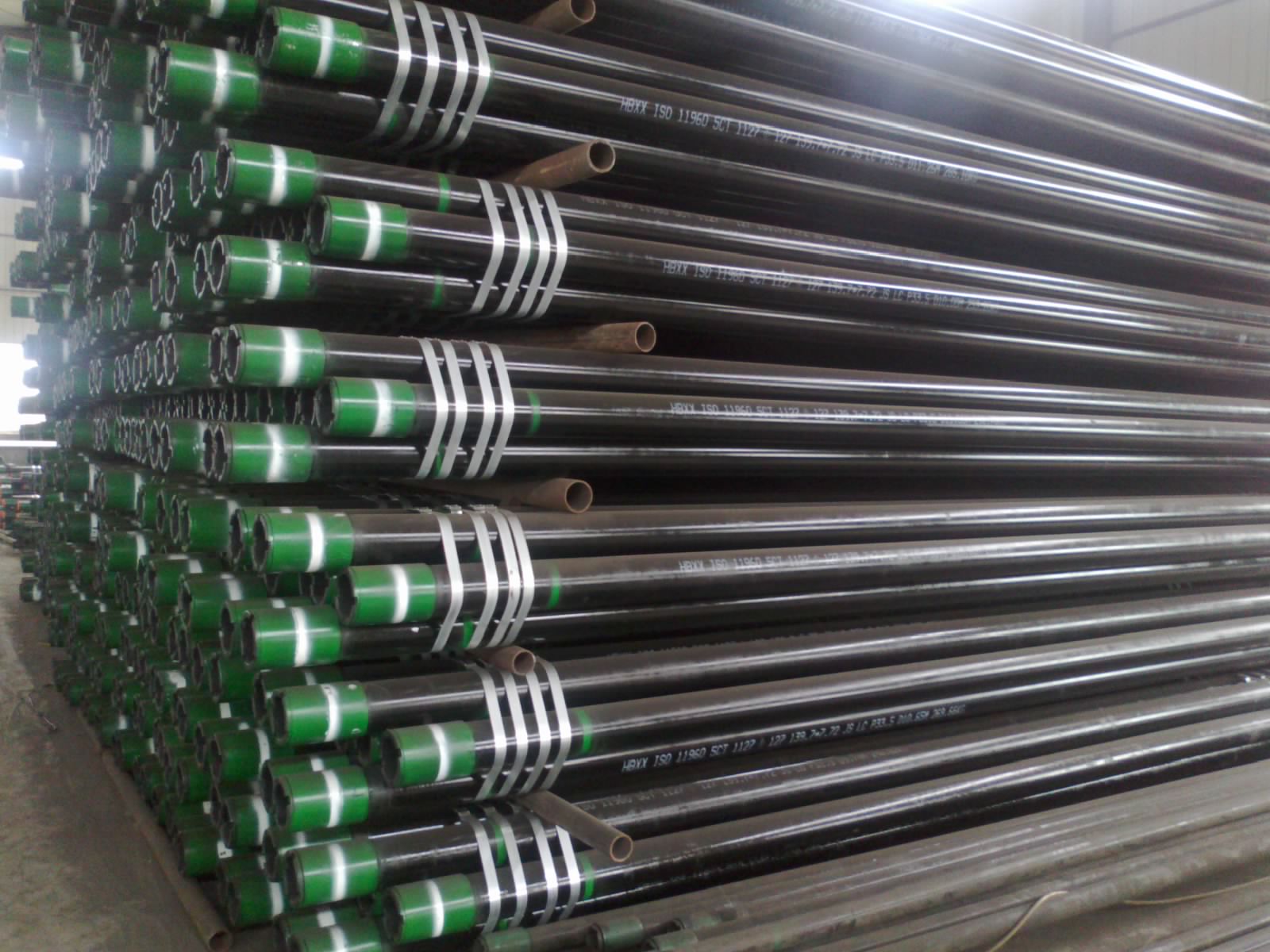1. Surface casing
1. It is used to seal the soft, easily collapsed and leaky stratum and water layer that is not very fixed on the upper part;
2. Equipment wellhead installation to control blowout;
3. Support the local weight of technical casing and oil layer casing.
The lower depth of the surface casing depends on the detailed conditions, usually from tens of meters to hundreds of meters or deeper (30-1500m). The cement outside the pipe returns to the height usually back into the air. When drilling a high-pressure gas well, if the upper rock formation is loose and broken, in order to avoid high-pressure air flow out of the air, the surface casing needs to be lowered appropriately. If the surface casing needs to be lowered deeper, if the first drilling time is longer, consider the next layer of conduit before the lower casing. Its function is to seal the surface, avoid the wellhead from collapsing, and form a drilling fluid circulation channel to facilitate long-term drilling. The depth of the pipe is generally 20-30 meters, and the cement outside the pipe returns to the air. The catheter usually uses a spiral tube or a straight seam tube.

2. Technical casing
1. Used to isolate complex formations that are difficult to control by drilling fluid, serious leakage layers, and oil, gas and water layers with great pressure difference, so as to avoid well diameter expansion;
2. In directional Wells with large inclination, technical casing is run in the deflecting section to facilitate the safe drilling of directional Wells.
3. It provides conditions for the installation of well control equipment, blowout prevention, leakage prevention and hanging liner, and also plays a role in the maintenance of oil layer casing.
Technical casing does not have to be run, but can be controlled by adopting high quality drilling fluid, speeding up drilling speed, strengthening drilling and other measures to control the complex downhole conditions, so that no more or less technical casing can be run. The depth of the technical casing is determined by the complex formation to be isolated, and the cement return height should reach more than 100 meters of the formation to be isolated. For high-pressure gas Wells, cement is often sent back into the air in order to better avoid gas leakage.

